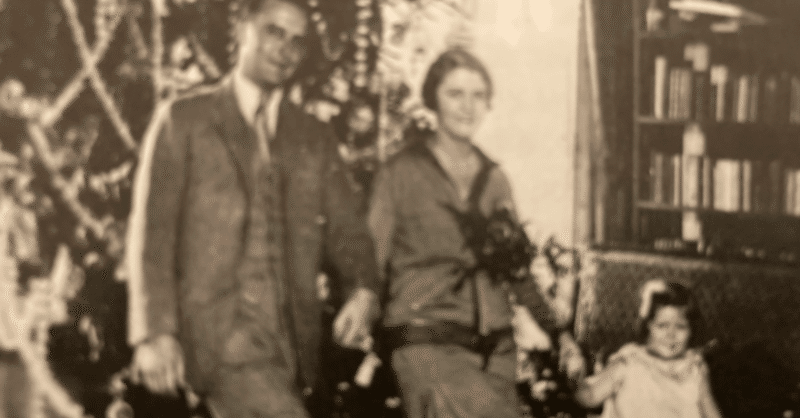
The Roaring Twenties in America
After World War I, the U.S. government took steps to restrict immigration. Prejudiced Americans of Protestant northern European descent called on Congress to pass laws limiting immigrants from southern and eastern Europe, many of whom were either Catholic or Jewish. New laws also limited immigration from Asia. Prominent supporters of these anti-immigrant laws were members of the Ku Klux Klan, which underwent a revival in the 1920. The 1920s were difficult for immigrants and African Americans who moved out of the South seeking a better life.
But the decade was also a time of technological progress and improved prosperity for many Americans. Electric lighting, refrigerators, and other household appliances made life more convenient. Henry Ford began to produce a car called the Model T, which became affordable for the average family.
Ford and others introduced the assembly line manufacturing process, changing the way everyone worked. The pace was faster, the jobs were simpler, and workers had to work by the clock. This change within industry dramatically altered the lives of ordinary people.
The decade came to be known as the “Roaring Twenties” because young people began to rebel against the strict rules of behavior of the older generations. Younger Americans wanted excitement, speed, and fun. Despite the ban on alcohol known as Prohibition, which lasted from 1920 to 1933, they found secret drinking places where they could dance to the new music called jazz, drink illegal alcohol, and party into the early hours of the morning.
(246 words)
この記事が気に入ったらサポートをしてみませんか?
